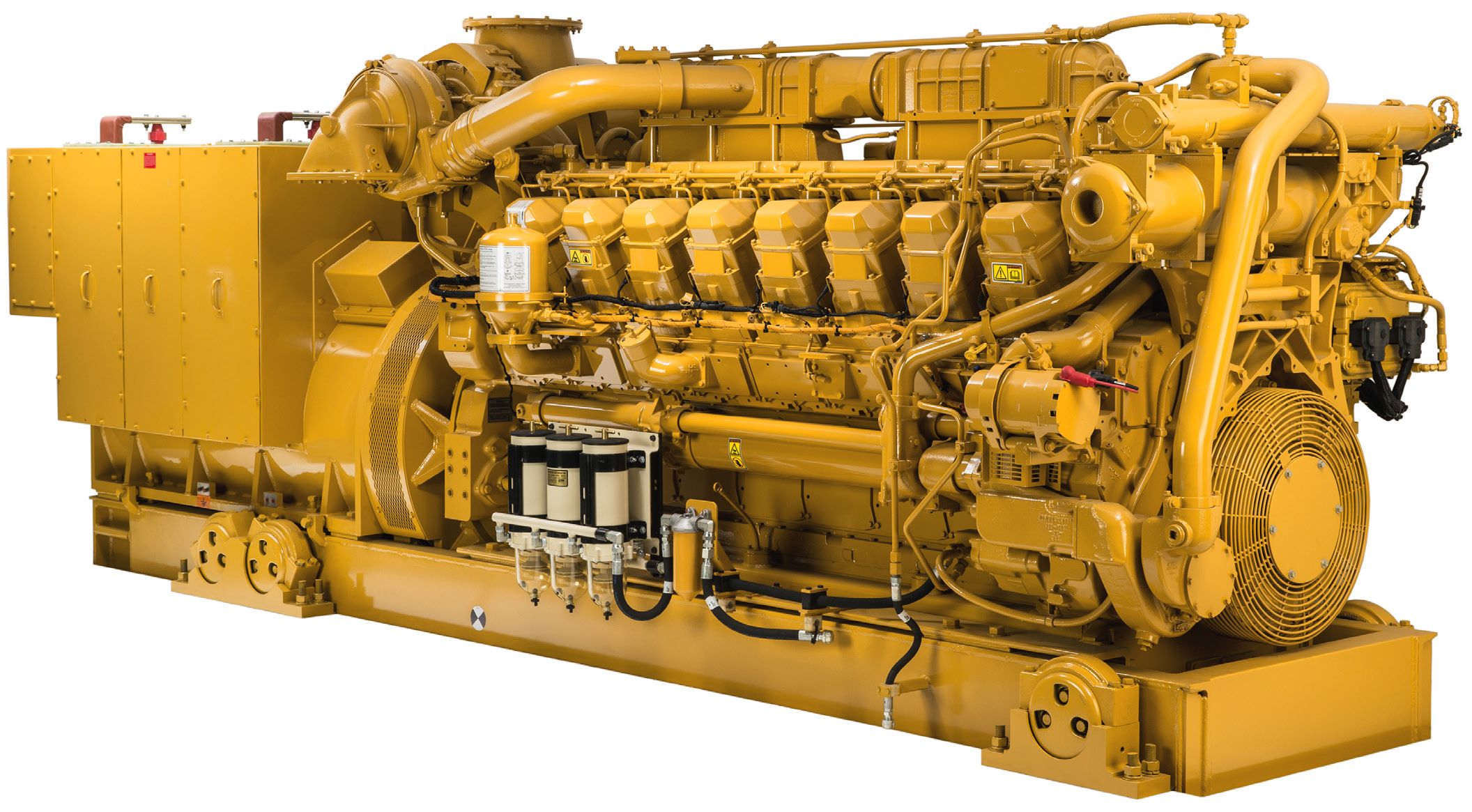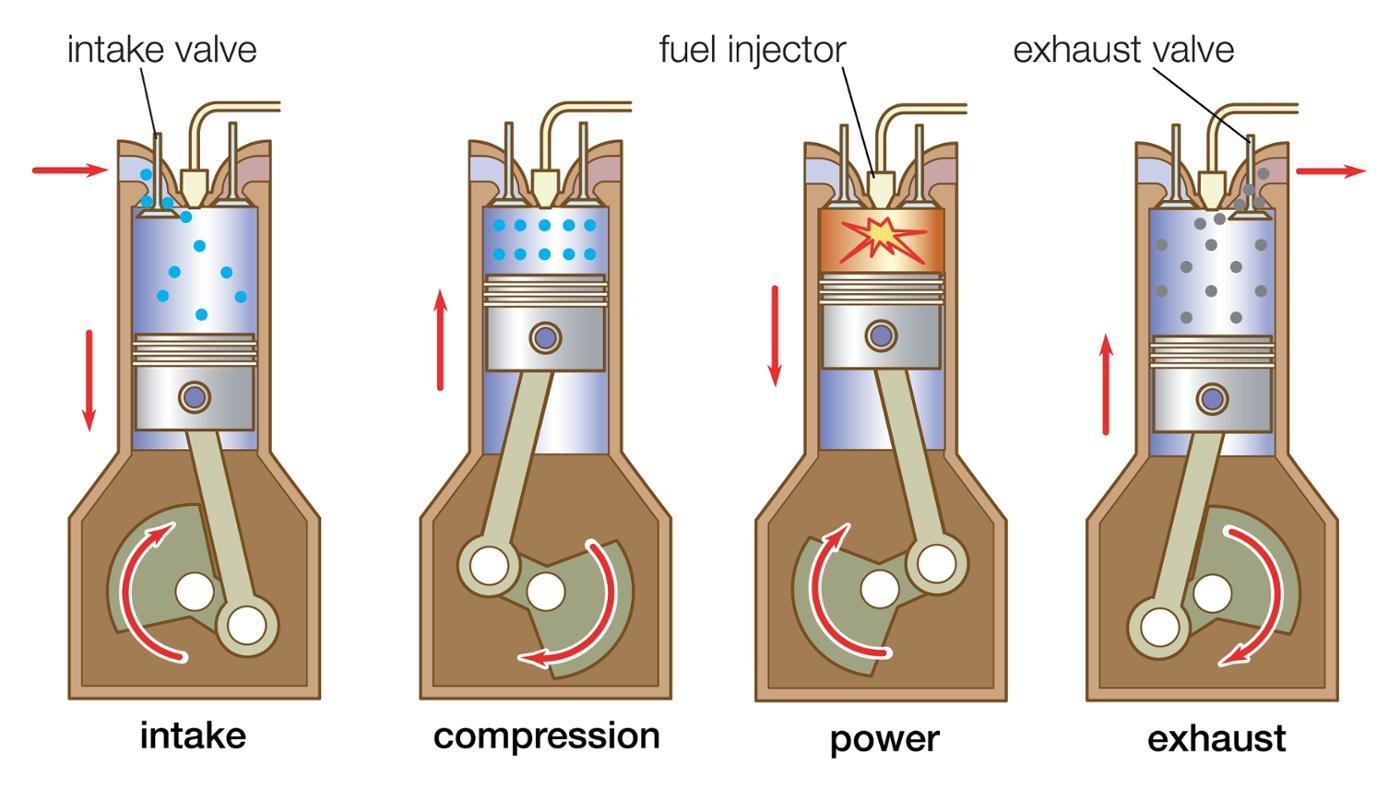Engines for Africa: Locate Cost Effective and Reliable Car Parts Below!
Engines for Africa: Locate Cost Effective and Reliable Car Parts Below!
Blog Article
The Mission for Ultimate Driving Power: Examining the Pinnacle of Engine Performance and Technological Advancements in the Automotive Market
In the realm of vehicle design, the quest of optimum driving power has been an unrelenting pursuit that has unfolded through the advancement of engine design and the integration of sophisticated innovations. From the thorough craftsmanship of combustion engines to the rapid advancements in electric propulsion systems, the vehicle sector stands at the cusp of a new age defined by extraordinary performance abilities. As scientists and designers dig much deeper right into the realms of computational fluid characteristics and check out cutting-edge gas technologies, the horizon of opportunities expands greatly. Stay tuned as we decipher the detailed tapestry of technical breakthroughs that are forming the future of automotive power and performance.
Advancement of Engine Style

Moreover, the assimilation of turbocharging and turbo charging technologies has changed engine style by increasing power without significantly enhancing engine dimension. These forced induction systems press the consumption air, permitting more gas to be ignited, thereby creating higher power outcome from a smaller sized engine. This innovation has actually been particularly critical in enhancing the performance of smaller displacement engines while preserving fuel effectiveness criteria.

Performance-Enhancing Fuel Technologies
The implementation of sophisticated gas modern technologies has significantly contributed to boosting engine performance in modern cars. Biofuels, obtained from renewable resources like algae, corn, or sugarcane, offer minimized emissions and boosted engine performance. Furthermore, gas ingredients and cleaning agents are being formulated to clean engine elements, maximize burning, and reduce rubbing, thus boosting overall car performance.
Advancements in Electric Propulsion
Significant strides in electrical propulsion modern technology have transformed the vehicle sector, leading the method for a new era of efficient and sustainable transport. Electric lorries (EVs) are gaining popularity due to their environmental benefits and improvements in battery innovation, making it possible for longer driving arrays and much shorter billing times. Makers are investing heavily in research study and advancement to improve the performance of electric propulsion systems, focusing on increasing power output, boosting power performance, and lowering general weight.
One noteworthy development in electric propulsion is the development of innovative electrical motors that supply higher torque and power density, causing enhanced acceleration and total driving performance. Additionally, regenerative stopping systems have been fine-tuned to keep and record power during slowdown, additional boosting the performance of EVs.
In addition, the combination of wise technologies, such as fabricated intelligence and anticipating analytics, is maximizing the administration of electrical propulsion systems, making certain ideal performance under numerous driving conditions. These advancements in electrical propulsion are improving Website the automotive landscape, driving the sector towards a much more sustainable and energized future.
Impact of Computational Fluid Characteristics
With improvements in electric propulsion pushing the borders of vehicle technology, the combination of Computational Fluid Characteristics is playing an essential role in enhancing aerodynamic performance and boosting general performance in car layout. Computational Fluid Dynamics (CFD) entails making use of computer simulations to assess the flow of air around an automobile, enabling engineers to forecast just how design modifications will certainly impact aerodynamics without the demand for pricey physical prototypes. By precisely modeling airflow patterns, CFD this article enables the improvement of automobile forms to minimize drag, improve air conditioning, and improve security.
One key advantage of utilizing CFD in car style is the capability to repeat swiftly, exploring various style variants to recognize one of the most aerodynamically reliable solutions. This iterative process leads to lorries that are not just sleeker and more visually appealing yet also more fuel-efficient and eco-friendly. CFD enables designers to optimize airflow around components such as radiators, engine bays, and wheel wells, contributing to boosted performance and overall driving experience. In final thought, the combination of Computational Fluid Dynamics stands for a significant action onward in the mission for supreme driving power and efficiency in the automotive sector.
Future Trends in Engine Advancement
In the dynamic landscape of automotive design, innovative developments are forming the future trajectory of engine advancement. The future of engine style is marked by a solid focus on efficiency, efficiency, and sustainability. Makers are increasingly concentrating on developing engines that not just deliver high power results however additionally prioritize ecological responsibility by minimizing emissions and improving fuel performance.
One popular pattern in engine innovation is the increase of electrification. Crossbreed and electric powertrains are getting grip as practical choices to traditional combustion engines. These technologies provide the possibility for significant reductions in carbon exhausts and increased energy performance, aligning with worldwide efforts to deal with environment change.
Additionally, advancements in materials scientific research and production techniques are enabling the production of lighter and a lot more durable engine components. This shift in the direction of lightweight products such as carbon fiber and aluminum alloys adds to enhanced efficiency and fuel economic situation.
Verdict
To conclude, the pursuit of ultimate driving power in the vehicle market remains to drive innovations in engine layout, gas innovations, electrical propulsion, and computational fluid dynamics. The development of these innovations is forming the future of engine advancement, paving the way for extra website here powerful and reliable automobiles (engines for africa). As the market continues to press the borders of what is possible, we can expect to see much more groundbreaking growths in the mission for peak performance
One of the essential milestones in engine layout advancement is the shift from standard carbureted engines to modern fuel-injected systems. By precisely metering the gas shipment to each cylinder, fuel-injected engines optimize burning, resulting in much better performance and reduced environmental effect.
In addition, the combination of turbocharging and turbo charging technologies has actually revolutionized engine design by enhancing power without considerably enhancing engine dimension (engines for africa).The application of innovative fuel modern technologies has significantly added to improving engine performance in contemporary vehicles. Furthermore, fuel ingredients and cleaning agents are being developed to clean engine elements, optimize combustion, and reduce friction, therefore improving general vehicle performance
Report this page